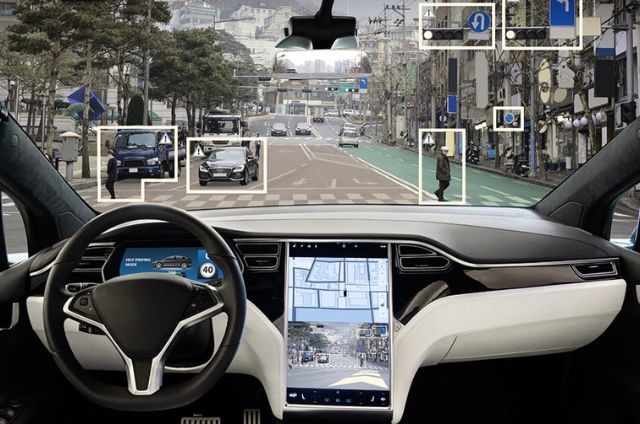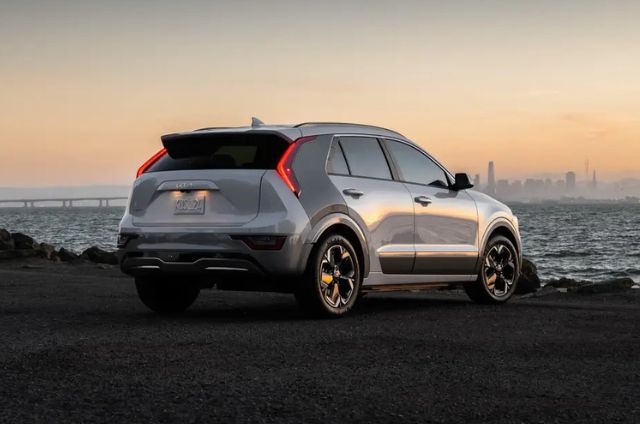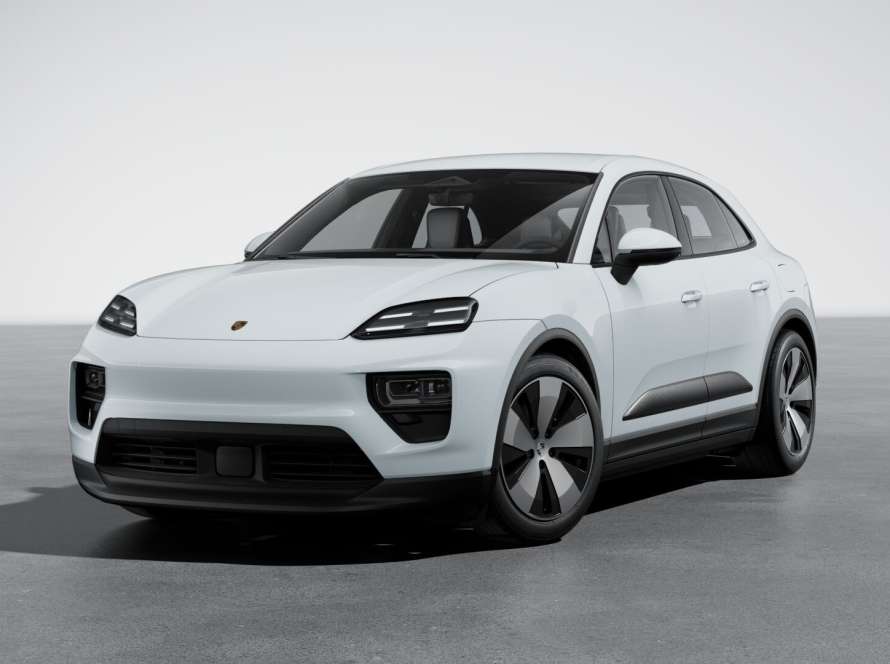Hands-free driving isn’t just futuristic anymore—it’s the most desired feature among new car shoppers in the U.S. According to a fresh study from AutoPacific, 43% of Americans planning to buy a vehicle in the next three years want hands-free, eyes-on driver assistance. That’s nearly double the interest from last year.
This shift marks a major leap in consumer expectations. Last year’s top-requested feature? Wireless phone charging. Now, buyers are focused on features that lighten the mental load of driving—especially on long highway stretches.
What “Hands-Free” Really Means
Hands-free systems like GM’s Super Cruise and Ford’s BlueCruise don’t fully drive the car on their own. Instead, they take over steering, acceleration, and braking on approved highways, while the driver remains alert and ready.
These features feel like cruise control on steroids. They keep your car centered in the lane, match traffic flow, and even handle lane changes. Once experienced, many drivers say they feel less fatigued after long drives, making it clear why demand is rising fast.
ADAS Tech Gains Ground
Advanced Driver Assistance Systems (ADAS) used to be met with hesitation. Consumers were wary of giving control to machines. But today, confidence is growing. With more drivers experiencing these tools firsthand—either in their own cars or through friends—interest has surged.
In fact, 48% of buyers now say they want their car to drive itself so they can focus on other activities. That’s up 10 points from last year, and especially common among younger, more tech-savvy buyers.
Not Fully Autonomous—Yet
While hands-free systems are gaining ground, truly autonomous driving is still in its early days. The closest option today is Mercedes-Benz Drive Pilot, which offers eyes-off capability—but only in limited conditions.
Still, the trajectory is clear. As more buyers embrace ADAS tech, automakers are racing to turn hands-free into the new normal.



